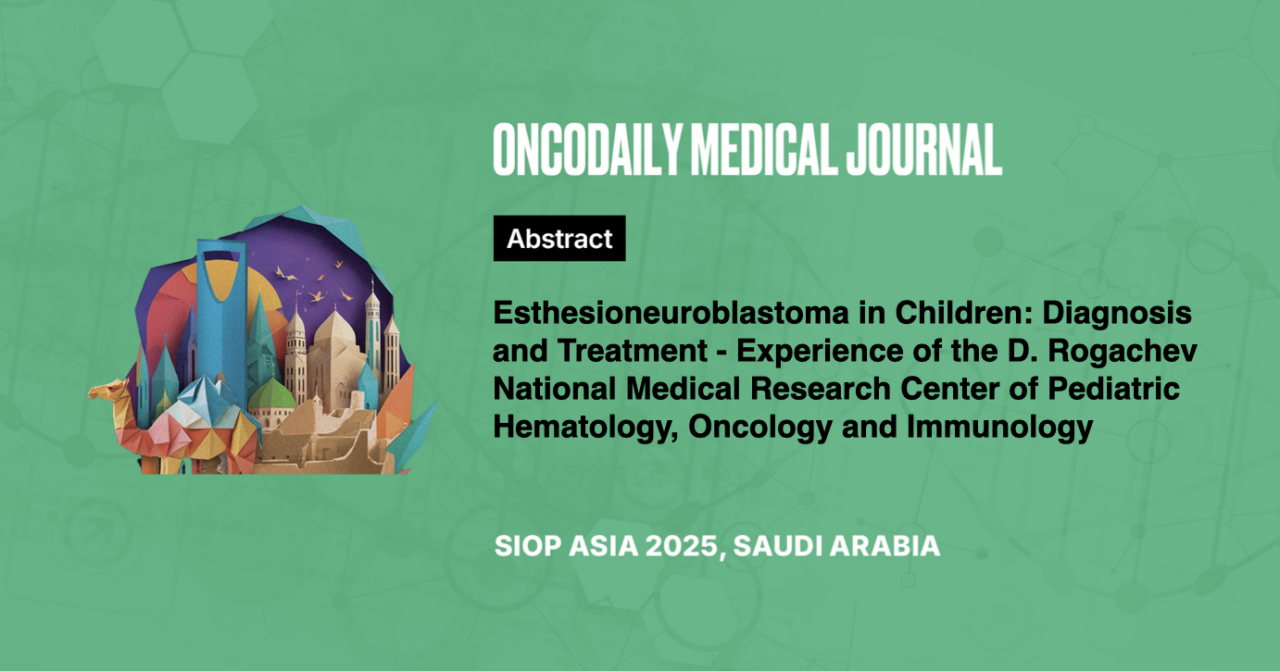Esthesioneuroblastoma in Children: Diagnosis and Treatment – Experience of the D. Rogachev National Medical Research Center of Pediatric Hematology, Oncology and Immunology
Abstract
Introduction: Esthesioneuroblastoma (ENB), also known as olfactory neuroblastoma, is a malignant neoplasm of neuroectodermal origin originating from the olfactory epithelium of the nasal cavity, nasopharynx and ethmoid labyrinth. ENB is a rare pathology in the pediatric patient population, accounting for 5% of all neoplasms of the nasal cavity and paranasal sinuses and about 0.3% of all head and neck cancers.
The rarity of the pathology in the pediatric patient population is the main reason for the disparity of literary data on the clinical and biological behavior of the tumor, priority treatment methods, overall and event-free survival and prognosis of the disease. 5-year relapse-free survival ranges from 62 to 74% according to various data, while overall survival ranges from 78 to 91% according to literature data.
Methodology: The study included 12 patients aged 1 months to 17 years, diagnosed with ENB, who received special treatment from 2012 to 2023. The choice of treatment method was determined taking into account the Kadish-Morita stage of the disease, the possibility of radical surgical treatment, physical condition and concomitant pathology. In the vast majority of cases, treatment of patients with ENB was complex and included pre- or postoperative chemotherapy, surgical removal of the tumor, and radiation therapy.
Results: During the observation period from 8 month to 4 years, all patients are alive. 3 (25%) patients left the study. 1 (8%) patient is being treated for disease relapse. 6 (50%) patients who underwent trans-nasal endoscopic tumor removal are alive without signs of disease recurrence.
Conclusion: Our analysis showed that a multimodal approach to the treatment of children with ENB not only has prospects for improving overall and event-free survival rates, but also for improving the quality of life through minimally invasive surgical techniques, as well as the use of high-precision EBRT techniques.





